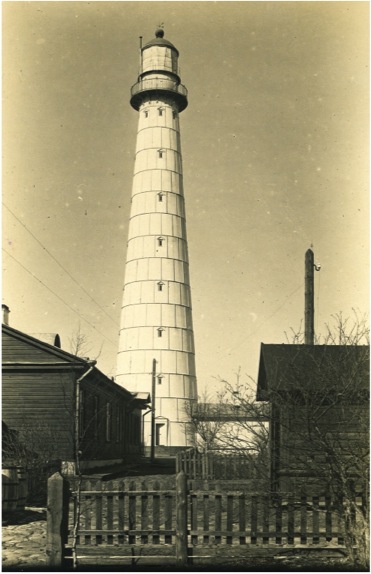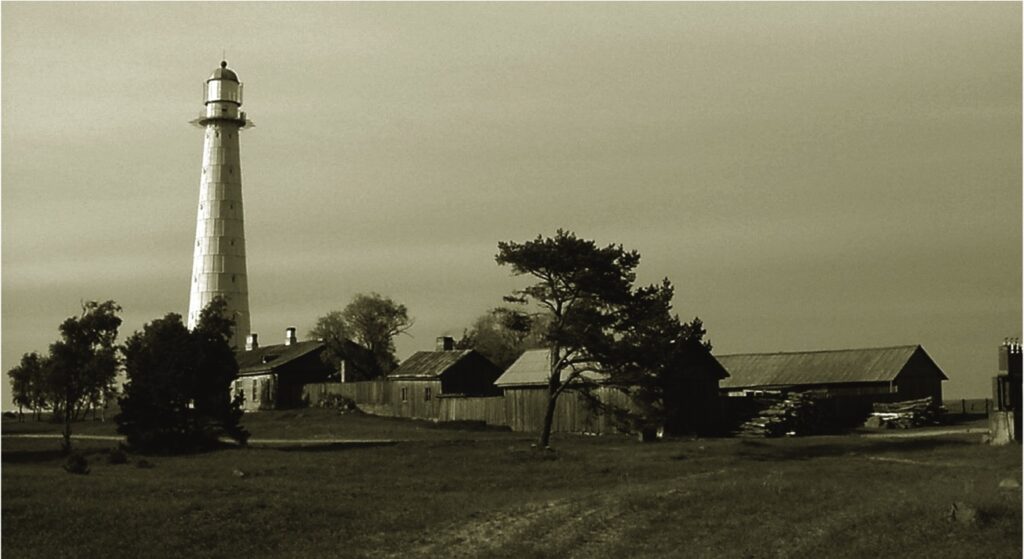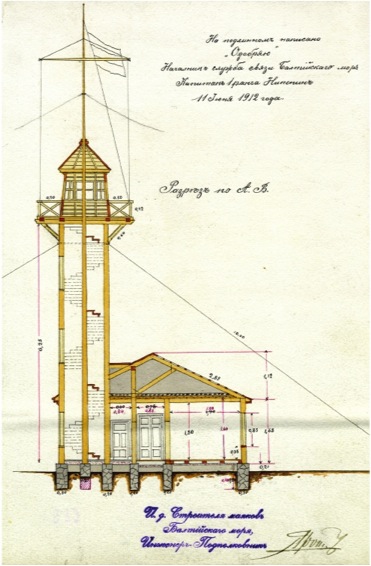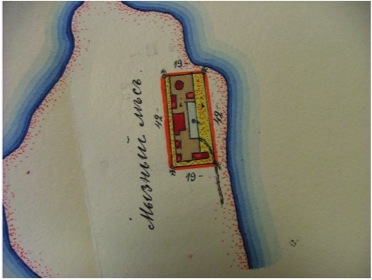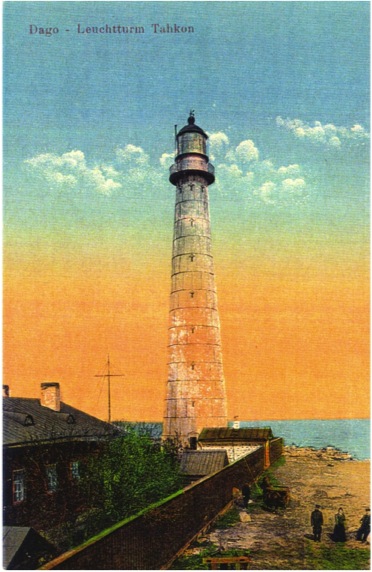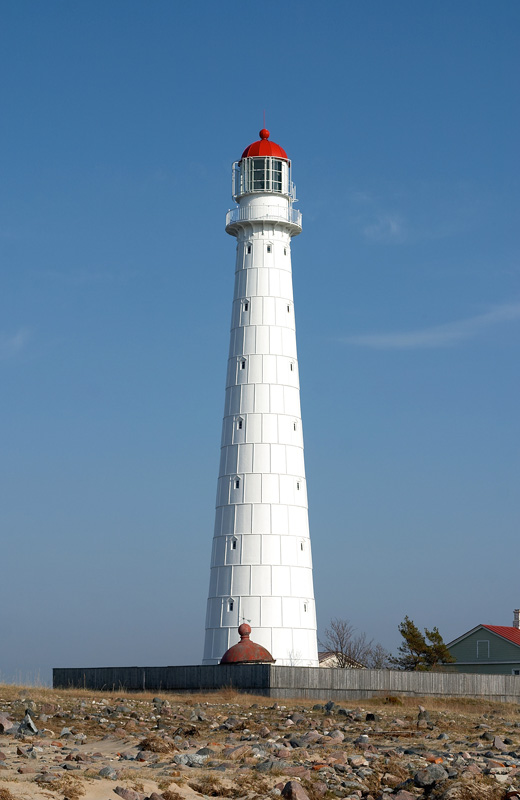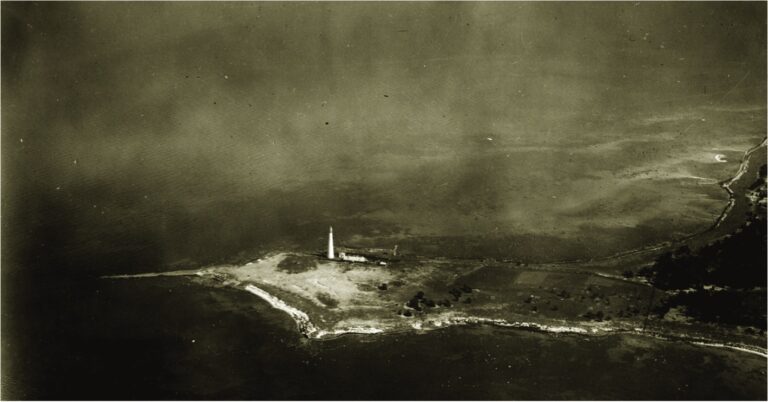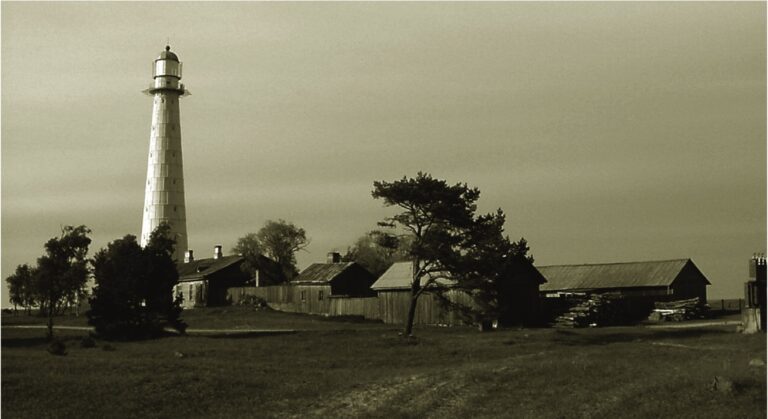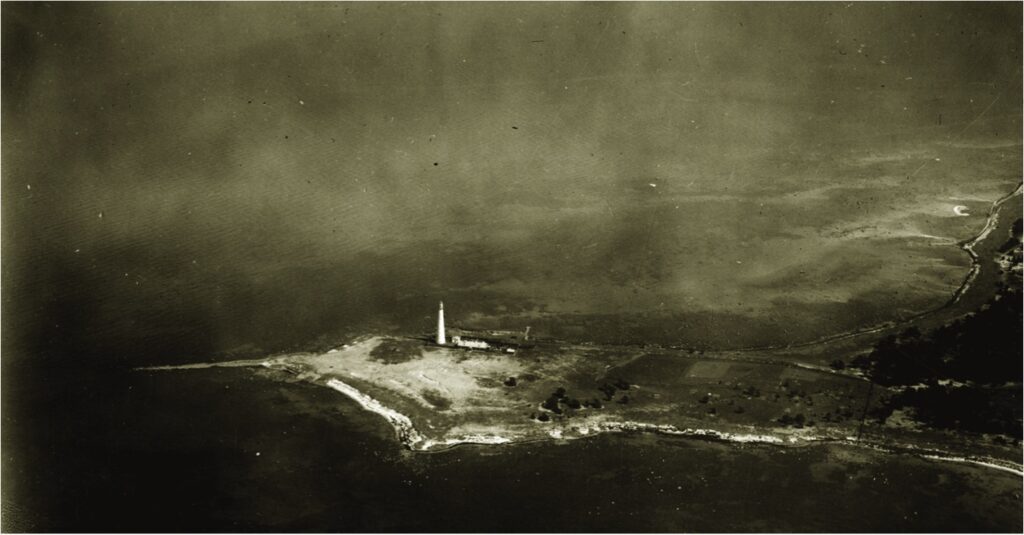
"Russia's enthusiasm, France's skills, and England's knowledge, along with the hands of skilled craftsmen, have created the tallest cast-iron tower on the shores of Estonia." - Helgi Põllo (Head Archivist of Hiiumaa Museum)
Indeed, the title of the tallest cast-iron lighthouse in Estonia belongs to the Tahkuna Lighthouse, where the efforts of different nations have come together. This elegant lighthouse has served seafarers for 135 years and has been a witness to the fruitful cooperation between countries.
The proposal to build a lighthouse on Hiiumaa came in 1869 from Rear Admiral S. I. Zelenoi, the director of the Hydrography Department. This proposal was prompted by the completion of the railway between St. Petersburg and Paldiski, which increased traffic in the Gulf of Finland and the need for improved navigation at sea. The authorities approved the decision because lighthouses along the important shipping route to St. Petersburg were deemed essential. The decision was made to order the lighthouse from abroad and erect it as quickly as possible. Along with the Tahkuna Lighthouse, plans were made for the Ristna Lighthouse, which would together mark Hiiu Shoal.
The unique "checkered" appearance of the tower is due to the cast iron structure, and its uniqueness lies in specially shaped details covering the joints, preventing atmospheric moisture from penetrating the interior of the structure. The tower's design was developed by the English engineer Alexander Gordon, who had first designed a cast-iron structure made from ready-made parts for the Morant Point lighthouse in Jamaica in 1841. His method quickly gained popularity and, compared to building stone lighthouses, proved highly cost-effective and fast.
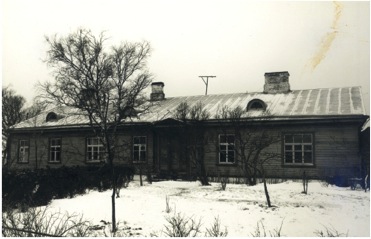
The pre-fabricated cast iron structure was a convenient and efficient solution for the construction of the Tahkuna Lighthouse, especially because there weren't enough stone masons and a proper stone industry for a large-scale project on Hiiumaa. The original project, sent from England to Paris in 1874, included the cast iron plates and other tower details that were assembled in Tahkuna the following year. Simultaneously, a first-order dioptric light apparatus by the French firm Barbier & Fenestre was ordered for the lantern room. The modern white tower, with a green dome, standing at 42.6 meters tall, was completed in 1875. The flashing signal from Tahkuna could now be seen 18 nautical miles away, significantly improving navigation in the Gulf of Finland. While other cast iron lighthouses in Gordon's system were constructed in Estonia, such as Vormsi, Kihnu, Vaindloo, and the now-destroyed Virtsu Lighthouse, none reached the height of the Tahkuna Lighthouse.
The Tahkuna Lighthouse has withstood the test of time. It remains in its original form, with the only significant damage affecting its prismatic glass, which suffered during World War I from bullets. These prisms were replaced with optical lenses ordered from England in 1920.
The Tahkuna Lighthouse complex with its seven buildings provides a good insight into the life of a coastal lighthouse. Today, among the auxiliary buildings, the 19th-century sauna, stone petroleum shed, cellar, and 20th-century wooden residence and generator building still exist.
Together with the auxiliary buildings, the lighthouse is a nationally protected cultural monument and is one of the six Estonian lighthouses (Kõpu, Ruhnu, Tahkuna, Keri, Pakri, Suurupi) selected by The International Association of Marine Aids to Navigation and Lighthouse Authorities (IALA) as part of the list of 100 lighthouse architectural monuments. Tahkuna Lighthouse has become an attractive cultural tourism site, offering cultural enthusiasts summer and winter theater performances.
